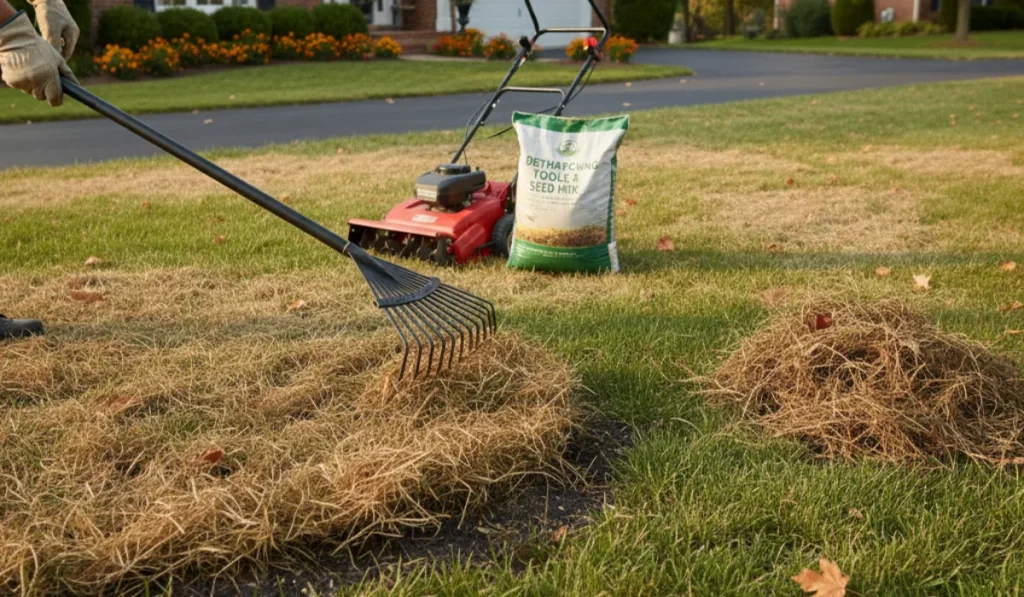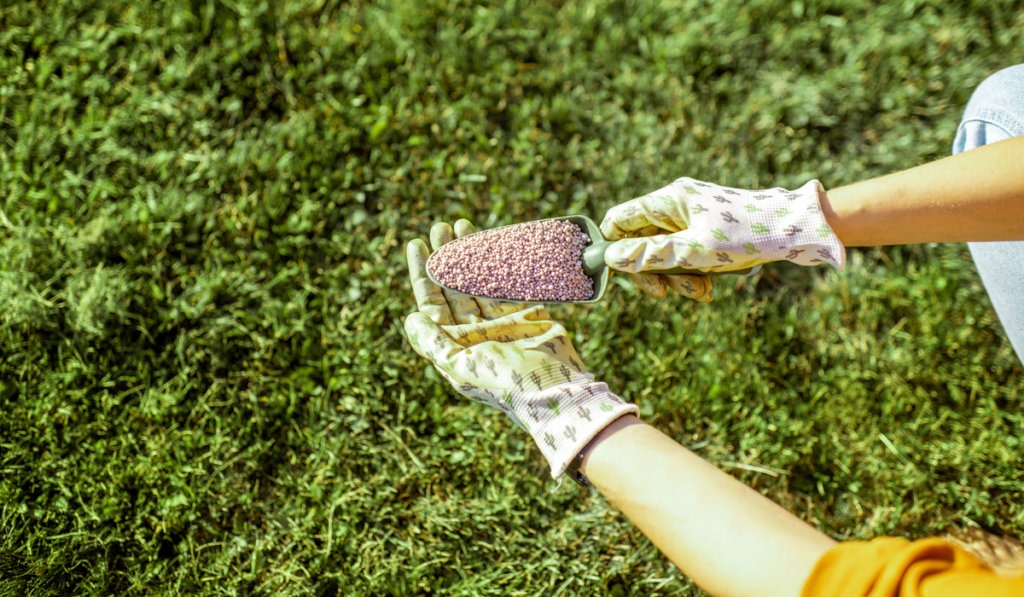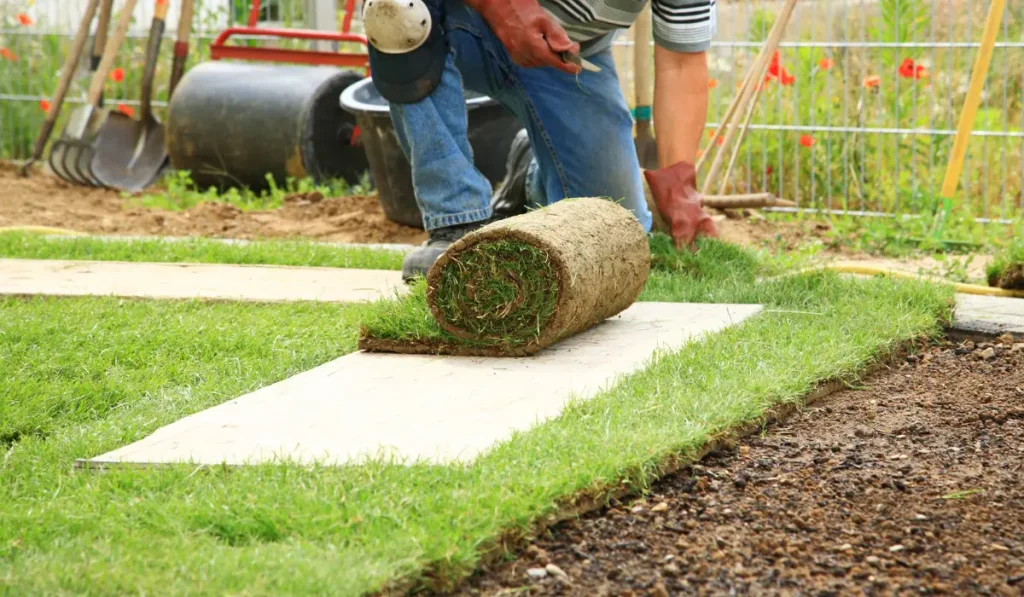Gophers may be small, but they can wreak major havoc on your lawn or garden. If you’ve ever stepped into a freshly planted flower bed only to see your hard work ruined by tunneling critters, you know how frustrating these pests can be.
Gopher wire acts as a physical barrier to stop gophers before they reach your plants.
Installing gopher wire is a proactive way to block gophers, moles, and other burrowing pests from accessing the roots of your plants, new sod, or even artificial grass.
Whether you’re putting in a raised bed, redoing a lawn area, or laying new sod, this guide will walk you through the installation process step-by-step.
Key Takeaways
- The best gopher wire is 20-gauge galvanized or stainless steel with small hex openings to block all critters.
- A clean, level lawn or garden base helps the wire sit properly and stops gophers from sneaking underneath.
- Staples are placed every one to two feet to keep the wire stable and prevent movement in shifting California soil.
- SodLawn delivers fresh California sod and can help you build a lawn that stays green and gopher-free.
Choose the Right Type of Gopher Wire
Not all wire is created equal. For California homeowners, your best bet is a 20-gauge wire made out of galvanized steel or stainless steel, which resists rust and can withstand soil conditions for years.
Look for a wire mesh or gopher wire mesh with hexagonal openings no larger than ¾ inch. This is small enough to stop even baby gophers.
Avoid using chicken wire, which is too flimsy and rusts quickly in the soil.
Prepare Your Lawn or Garden Area
Before you unroll your gopher wire, prep the site thoroughly. Remove any existing grass, roots, or debris, and level the soil as needed.
If you’re installing under new sod, make sure the topsoil is graded properly for drainage. For raised beds or flower beds, dig down several inches so the wire barrier can sit beneath the root zone.
Proper prep not only helps with wire placement. It also prevents critters from finding workarounds.
Measure and Cut the Gopher Wire Roll
Once your area is prepped, roll out the gopher wire across the space. Use heavy-duty wire cutters to trim it to size, and make sure to overlap seams by at least 6 inches to block pests from squeezing through.
If you’re working around curves or tight spots, like patios or garden edges, cut slits to shape the wire as needed. For this DIY project, wear gloves since wire edges can be sharp.
Secure the Wire With Landscape Staples
After cutting and placing the wire, you’ll need to pin it down with landscape staples.
In California’s dry and shifting soil, using plenty of staples (every 1–2 feet along the edges and seams) helps keep the wire from shifting over time.
For gopher-proof results, drive the staples deep enough to anchor the mesh, but not so far that the wire loses shape.
Add Soil or Lay Sod Over the Wire
Once your gopher wire is in place and secure, you can begin adding topsoil or laying sod. If you’re planting a new lawn, this layer of wire between the gophers and your fresh grass acts as a permanent shield.
For raised garden beds, add your growing soil on top, keeping the wire firmly sandwiched at the bottom.
The wire won’t impact plant roots. It just keeps them safe.
Consider Vertical Barriers for Extra Protection
For areas with high gopher populations, you might want to go one step further.
When installing around raised beds or garden perimeters, consider bending the edges of your gopher wire upward along the sides to form a full wire fence underneath.
This added step helps stop burrowers who try to sneak in from the side rather than digging straight down.
Maintain and Monitor Over Time
Gopher wire installation isn’t a set-it-and-forget-it job. Occasionally, check for signs of new gopher activity, especially near seams and edges.
If you’re working with artificial grass or a new lawn, this checkup is especially important during the first few months when critters are likely to test the barrier.
Combining your wire barrier with natural repellents or gopher baskets around individual plants can offer even more long-term lawn care protection.
Keep Your Lawn Gopher-Free with Fresh Sod from SodLawn
Whether you’re starting a new lawn or revitalizing an existing one, SodLawn provides premium sod varieties that thrive in California’s diverse climates. Our sod is harvested within 24 hours of delivery, ensuring freshness and optimal establishment.
While we don’t offer gopher wire products, our team is dedicated to helping you achieve a healthy, vibrant lawn. For advice on protecting your lawn from pests like gophers, feel free to consult with our experts.
Contact us today to learn more about our sod delivery services and how we can assist in your lawn care needs across California.
Frequently Asked Questions
Can gopher wire be reused if I redo my lawn or garden later?
Yes, if the gopher wire is still in good condition, especially stainless steel types, it can be carefully dug up and reused. Just make sure it hasn’t rusted or weakened before reinstalling.
What size area does a typical gopher wire roll cover?
A standard gopher wire roll is usually 4 feet wide by 100 feet long, covering 400 square feet. Always measure your space first and account for overlap when calculating how many rolls you need.
Will gopher wire affect drainage in my lawn or garden?
No, gopher wire does not affect drainage if installed correctly. The mesh allows water to pass through easily while blocking pests, making it safe for both sod lawns and raised garden beds.



